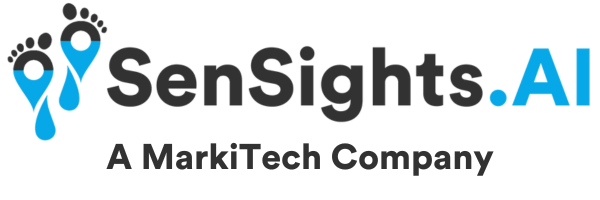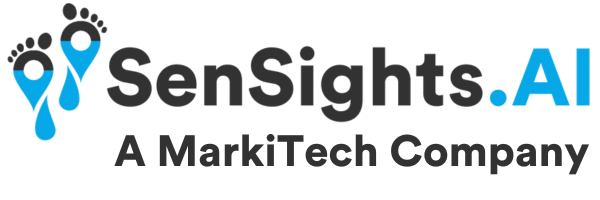Image Credit: Canva
Remote patient monitoring (RPM) is one component of the healthcare business that has witnessed substantial growth as it continues to evolve . This technology enables patients to manage their health from the comfort of their own homes, allowing them to check vital signs, track medications, and connect with healthcare specialists without leaving their homes. With the emergence of RPM, there has been a surge in interest in how this technology affects patient engagement.
Patient engagement refers to a patient’s involvement in their own healthcare, which includes their ability to manage their health and successfully interact with their healthcare professionals. RPM has been found to promote patient engagement in a variety of ways, including the following:
Patients can contact healthcare providers regardless of their location thanks to remote patient monitoring technology. Patients in remote or underserved locations can thereby receive the care they require without having to travel vast distances.
Medication adherence is improved because RPM allows patients to track their meds and receive reminders when it is time to take them. This can lead to better drug adherence, which is critical for chronic illness management.
Remote patient monitoring technology can assist patients with chronic diseases such as diabetes, hypertension, and heart disease in better managing their symptoms. Patients can monitor their vital signs and symptoms, and healthcare providers can advise them on how to change their treatment programmes as needed.
Improved contact with healthcare providers through the use ofRPM technology enabling patients to communicate with their healthcare providers more effectively, whether via messaging platforms, video conferencing, or other types of virtual communication. This can result in increased patient satisfaction and improved health outcomes.
Remote patient monitoring technology can be utilized to give patients educational information and resources about their health issues. This can assist patients in better understanding their problems and taking a more active role in their health management.
Remote patient monitoring has a disproportionately favorable impact on patient involvement. RPM has the potential to transform the healthcare industry and improve patient outcomes by increasing patient access to healthcare, improving medication adherence, facilitating better management of chronic conditions, improving communication with healthcare providers, and improving patient education.
It is crucial to emphasize, however, that remote patient monitoring is not a cure-all. There are still obstacles to overcome, such as the necessity for dependable technology and the adaptability of healthcare workers to new modes of communication and patient care. Yet, the benefits of RPM are obvious, and as technology advances, we should expect to see even more creative use of this technology to improve patient involvement and healthcare results.
Finally, remote patient monitoring has the potential to transform the healthcare industry by enhancing patient engagement and results. RPM is positioned to play an increasingly crucial role in the healthcare landscape by expanding patient access to healthcare, improving medication adherence, promoting better treatment of chronic illnesses, improving communication with healthcare professionals, and improving patient education. As healthcare providers continue to investigate the potential of this technology, it’s vital to remember that patient involvement is at the heart of good healthcare delivery, and that RPM has the potential to empower patients to take a more active part in their own health management.


